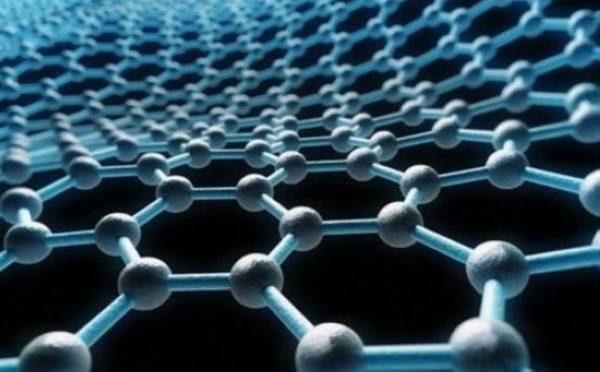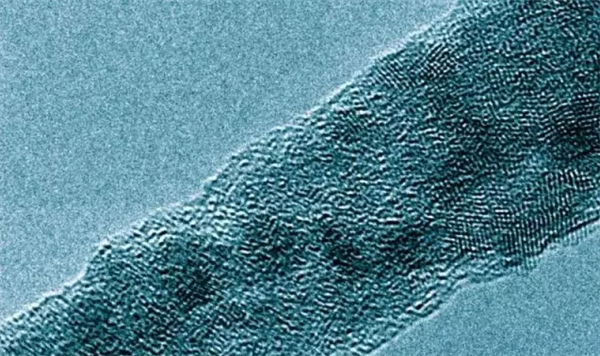How to Charge New Lithium-ion Battery-First Time Charge
Mar 19, 2020 Pageview:1704
How do you keep your new lithium-ion battery healthy?
You don't need to be a genius to figure out how to preserve the charge on a battery. However, the thing that isn’t well understood is how to care for a new lithium-ion battery. This is because doing so not only allows you to preserve more charge but also allows the battery to function efficiently, thus, enabling you to get the most out of your new pack. The following are some of how one can keep their new lithium-ion battery healthy.
1.Mind the heat
Always be sure to keep the batteries at room temperature, which lies between 20 – 25 ?C. Lithium-ion batteries may be an advanced and improved version of the traditional battery technologies, but this doesn’t mean that they are invincible and especially when subjected to extreme temperatures.
When these batteries are subjected to elevated temperatures when at full charge, they might undergo a process known as thermal runaway. Since they contain highly reactive chemicals within their cells, the pressure increases, and the reactions become more exothermal. In the end, the batteries are capable of catching flames and even exploding. This heat drastically reduces the life of a lithium-ion battery, and your new battery pack might not make it anywhere close to its full life sentence.
2.Consider regular partial discharges
Unlike old battery technologies such as NiCad cells, lithium-ion batteries are not susceptible to charge memory effects. This is a reduction in the longevity of the charge within a rechargeable battery because of incomplete discharge in the previous uses. As such, batteries like NiCad developed a memory effect when only partially discharged before recharging once more.
However, battery professionals recommend that one should allow their lithium-ion batteries to discharge after about 30 days completely. This is because consistent partial discharging can subject the battery to a condition known as digital memory. In this state, the accuracy of the device’s power gauge would be tampered with and, therefore, making the need to discharge and recharge necessary fully.
3.Stay clear of complete discharges
If a lithium-ion battery is happened to be discharged below 2.5 volts per cell, there is a safety circuit built within the cell that opens and makes the battery seem to be dead. In this case, using the original charger to rejuvenate it would be a useless attempt as only battery analyzers with a boost function may stand a chance of reviving it. Furthermore, for safety concerns, you are advised not to deeply discharge a lithium-ion battery that may have been stored in that state for an extended period.
4.Follow the storage rules
If you happen to buy a new lithium-ion battery and intend on storing it for an extended period before using it, then there are a few rules that you would need to adhere to for such instances. Firstly, never store your battery at full charge because this would significantly reduce the cell’s capacity by increasing the rates of oxidation of the lithium ions. It is always advisable to store lithium-ion batteries at 40% charge or discharge. This means that if your lithium-ion battery were empty because it was new, you would have to charge it to 40%.
How do you charge your new lithium-ion battery?
There has been a common belief or myth circulating among battery users that for new lithium-ion batteries, you are required to charge and discharge the first cycle of the cells fully. However, this habit isn’t necessary because lithium-ion batteries have a maximum capacity available from the moment it was packaged, and the first charge is no different from the fifth or tenth.
Regular use
The lifespan of a new lithium-ion battery is usually deemed at 300-500 charge /discharge cycles, and this normally sums up to about 2 – 3 years of service. However, over time and depending on its usage by the owner together with other determining factors such as temperature, the batteries tend to experience a reduced capacity.
To prevent the risks of damaging your battery, you are advised to charge the cells using the original charger that came with it.
Adverse temperature usage
Similar to humans, lithium-ion batteries tend to function best at temperatures that are neither hot or cold. This means that for maximum performance, the batteries have to be at room temperature. However, the batteries can perform better at higher temperatures as compared to low temperatures because the heat tends to lower the internal resistance in the cells while speeding up chemical reactions. However, elevated temperatures stress out the battery, and this can drastically reduce the lifespan of the cells when exposed to such conditions for extended periods.
At low temperatures, the battery’s internal resistance reduces, and this makes it harder for it to function, and this will strain the life expectancy. Batteries that would provide 100% at room temperature might decrease by a whole 50% when subjected to low temperatures of about 18%.
Be sure to charge your battery, as is required by the manufacturer from the manual. When it comes to lithium-ion batteries, you shouldn’t worry about fully discharging your cells because partial charges are much better. Always be sure to use the original smart chargers for lithium-ion batteries for your safety and that of the battery. Remember to never charge below the cut-off voltage.
What do you need to care for the first-time charge?
All that you need is your new lithium-ion battery together with the original smart charger. You don’t have to get paranoid over the first charge as all you can do is just charge the cells to full charge and start using. Lithium-ion batteries don’t undergo memory effect and, therefore, are not threatened by partial discharges.
Takeaway
As compared to the previous battery technologies, lithium-ion batteries are a massive and impressive breakthrough. For a battery to get about 500 charges/discharge cycles, they would have to pack a potent power supply and lithium-ion batteries. For the benefit of your battery’s health and yours, you will need to adhere to these tips posted.
Leave Message
Hottest Categories
-
Hottest Industry News
-
Latest Industry News












